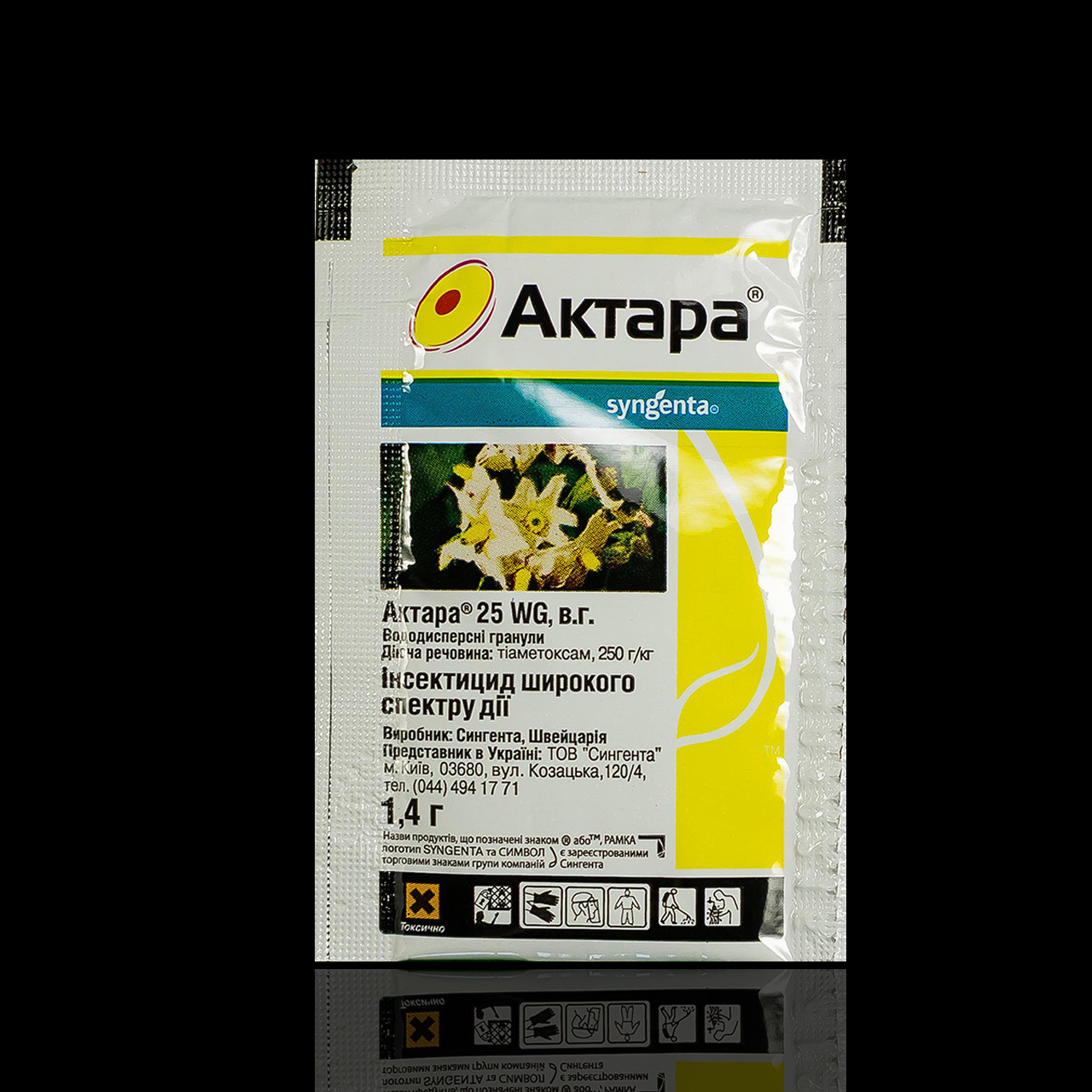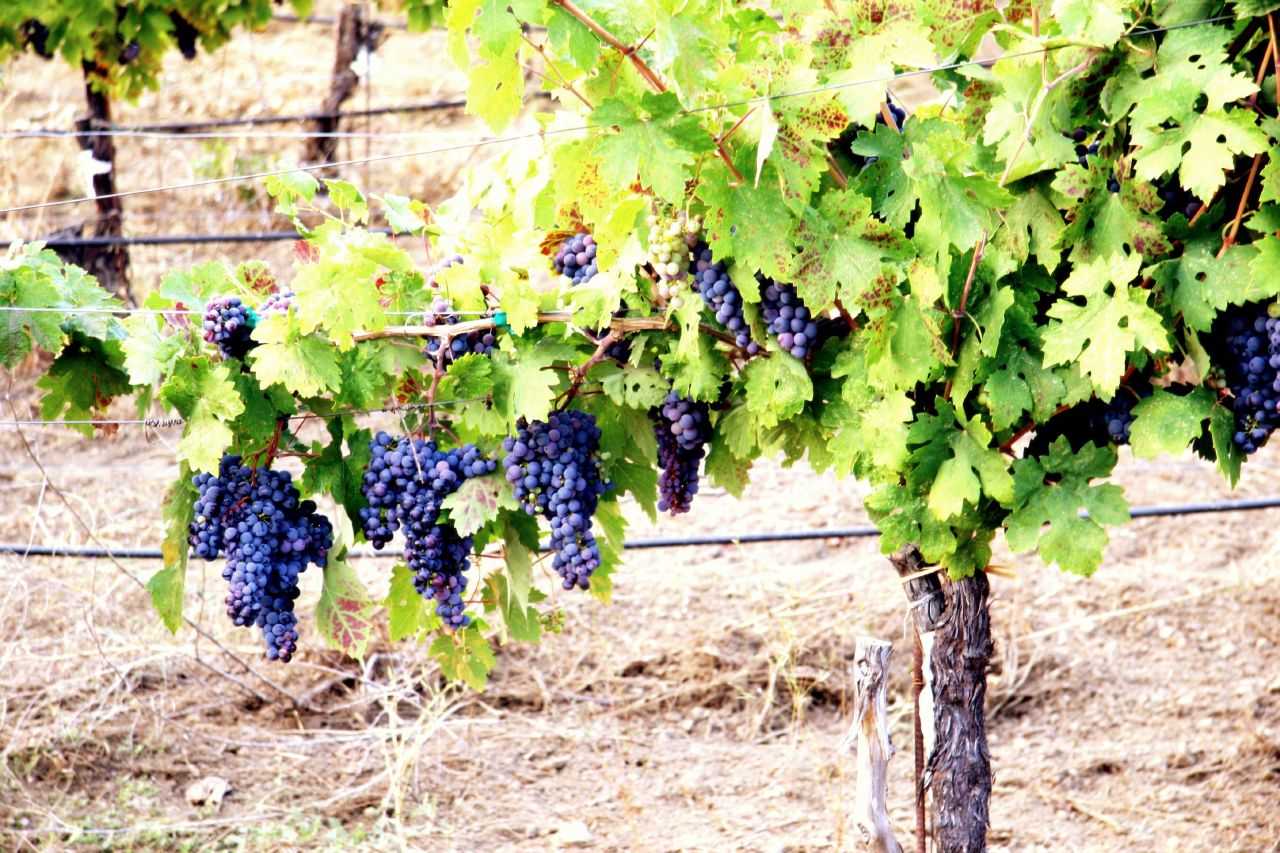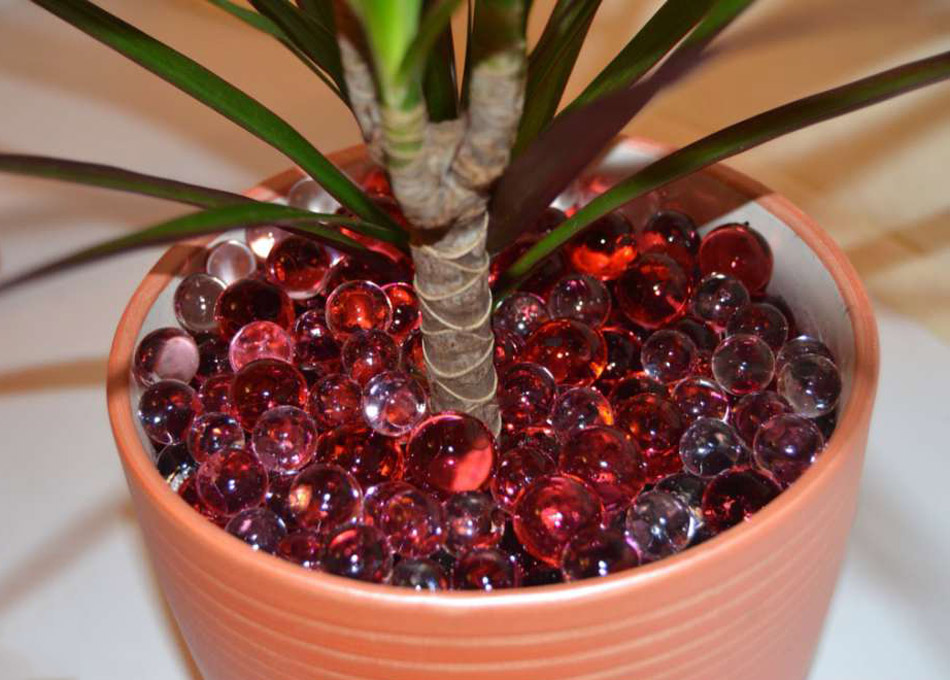Any gardener knows that almost all plants in a summer cottage need fertilization. For this purpose, they use a wide variety of fertilizers: mineral, bacterial, organic, complex fertilizers, etc. More recently, biostimulants have appeared on the market, which strengthen the immune system of plants and stimulate the formation of roots. One of these means is the root, which is able to ensure the active life of the roots of garden pets.
So what is this drug, how to use the root in the garden? These points, as well as instructions for using such a tool should be considered in more detail.
Root features
It is a biostimulating preparation intended for both garden and indoor plants, which contains indole butyric acid. Getting on a plant, she begins to slightly irritate its integumentary tissuesstimulating the formation of callus ("living" cells that appear on the surface of the wound) and roots. Once in the soil, as a result of natural synthesis, the acid is converted into the phytohormone heteroauxin, which contributes to the emergence of roots.
In addition, thanks to the root:
- seeds begin to germinate quickly;
- rooting of cuttings improves;
- the development of the root system of seedlings and seedlings occurs;
- the adverse effect on the plant of such external factors as waterlogging, drought, temperature changes decreases.
However, the phytohormones contained in the root are not able to protect the plant from pests and diseases, and cannot replace standard fertilizing with mineral fertilizers or organic matter... Also, this biostimulant, although it helps to reduce the impact of adverse external factors, cannot save the plant from waterlogging or drought.
How to use the root correctly?
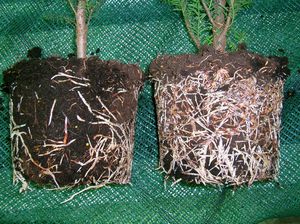 This agent has many similarities to heteroauxin, but there are some differences. If the latter is classified as a safe class 4 drug, then root in this case has a third class... It is not considered harmless, therefore it is better to use gloves when working with it, and it is recommended to burn the used packaging, and not throw it away.
This agent has many similarities to heteroauxin, but there are some differences. If the latter is classified as a safe class 4 drug, then root in this case has a third class... It is not considered harmless, therefore it is better to use gloves when working with it, and it is recommended to burn the used packaging, and not throw it away.
The use of root implies compliance with the following safety measures:
- the drug should not be diluted in food containers, but it is better to use a separate container for this;
- when working with powder, do not drink, smoke and eat;
- if the product gets on your hands, they must be washed as quickly as possible with soap;
- if even a microscopic amount of the drug accidentally gets into the body, you should drink a large amount of water, and also take activated carbon;
- the powder must be stored out of the reach of children.
Although the indolylbutyric acid contained in the root is not considered a carcinogen, and the powder itself is not phytotoxic, such recommendations should still be followed.
Kornevin: instructions for use
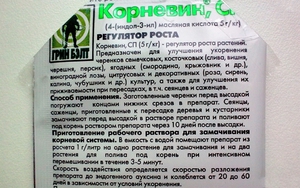 This preparation is a finely dispersed powder with the color of baked milk. The main thing when buying it is to pay attention to the expiration date, since the biostimulator is consumed very little and one pack lasts for a long time.It cannot be stored in an open container, but it is best to pour it into a glass or plastic jar with a well-screwed lid.
This preparation is a finely dispersed powder with the color of baked milk. The main thing when buying it is to pay attention to the expiration date, since the biostimulator is consumed very little and one pack lasts for a long time.It cannot be stored in an open container, but it is best to pour it into a glass or plastic jar with a well-screwed lid.
Application of the drug in dry form
Before planting a plant, its root system must be powdered with a powdery root. If the roots are small, then it is enough to dip them into a container with a biostimulator. It should be noted, root is a pretty strong drug... Therefore, if this agent is used for dusting the roots of flower crops, exotic plants and ornamental shrubs, then it must be mixed with an equal amount of activated carbon, which should be finely ground.
It is very helpful to add a small amount of fungicide (a chemical that can kill disease-causing microbes) to the powder in a 10: 1 ratio. Dissolving in the ground powder promotes root formation and helps to activate the protective functions of plants. When they are propagated by cuttings, fresh cuts must be powdered, after which the cutting is placed in a container with a soil substrate or water to tie the root system.
In the same way, leaf cuttings of such flowering plants are powdered as:
- violets;
- begonias;
- gloxinia;
- cyperus, etc.
Powder the cuttings very carefully, and if their tips are dipped into powder, then before planting, they should be slightly shaken off from its excess. Dusting the slices with root root helps to improve the adhesion of the grafts.
Application of an aqueous solution of the drug
The instructions for use of this drug indicate that you can use its aqueous solution to soak bulbs, seeds, corms, as well as for watering plants. In the latter case, 5 g of powder is diluted in 5 L of water. Seedlings and seedlings are watered at the very root, and for the first time this should be done immediately after planting, and the second - after 2 - 3 weeks.
You can, of course, soak the roots of seedlings, seedlings and cuttings in an aqueous solution, but it is best to powder them all the same. And here bulbs, seeds and corms are extremely useful to hold in such a solution before disembarking within 18 - 20 hours. This liquid product should always be freshly prepared.
Thus, it became clear what root is and how to use it. Thanks to this stimulant, the effect of adverse factors on various plants is greatly reduced. Such a drug is considered relatively harmless and can be used not only in summer cottages, but also in an apartment for indoor flowers.
